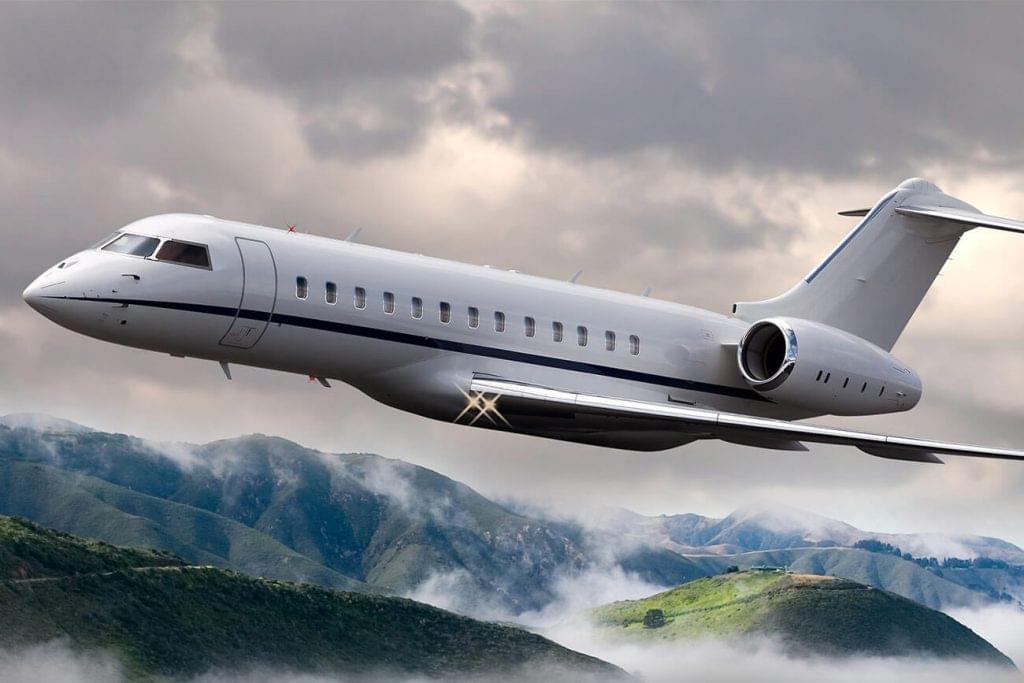When anyone thinks of private jets, the first image that comes to mind is a celebrity or billionaire stepping off a shiny aircraft, sunglasses on, and paparazzi flashes in the background. This is surely an easy picture to paint: private jets symbolize luxury, exclusivity, and even excess, for some. The perception is that flying privately is an extravagant and unnecessary indulgence that worsens the climate crisis. After all, who needs to fly solo when you can squeeze into a commercial flight like the rest of the world?
But in fact, the reality of private aviation, and its role in global emissions, is far more complex and less villainous than it appears. Without wishing to shake off any responsibility, there are far larger and more active polluters who seem to go unnoticed.
Private jets contribute less than 1% of global aviation emissions. Yes, they consume more fuel per passenger than commercial airlines, but they still represent a tiny fraction of overall air travel. In reality, most private jets are not flying celebrities to exotic destinations but rather serving business leaders who need to optimize time and efficiency — often flying to airports that commercial airlines don’t even serve. Private aviation is also a crucial tool in emergency situations, providing swift and tailored responses in medical emergencies or disaster relief efforts. The convenience and flexibility of private jets offer more than just luxury; they often serve practical purposes that make a significant difference beyond leisure travel.
Still on the case for private aviation, the industry is increasingly aware of its environmental impact and is actively working on solutions. From developing Sustainable Aviation Fuel (SAF) to innovating hybrid and electric aircraft, it actively invests in greener technologies. Many operators, including our partners, offer carbon offset programs, ensuring that every flight contributes to environmental protection efforts. So while the perception of private jets might be all about indulgence, the reality is that we’re flying towards a more responsible future — one that blends the convenience of private travel with a commitment to sustainability.
Claiming private jets are the devil and a representation of climate abuse is a fallacy. Few industries work as hard towards efficiency and achieving zero emissions as this particular one. And while we’re still on the edge of achieving that goal, particularly with SAF, which promises to reduce emissions up to 80%. Although SAF is not yet widely used on its own and is typically blended with conventional jet fuel, major manufacturers like Embraer and Airbus are conducting tests and aiming for 100% SAF usage by 2030.








